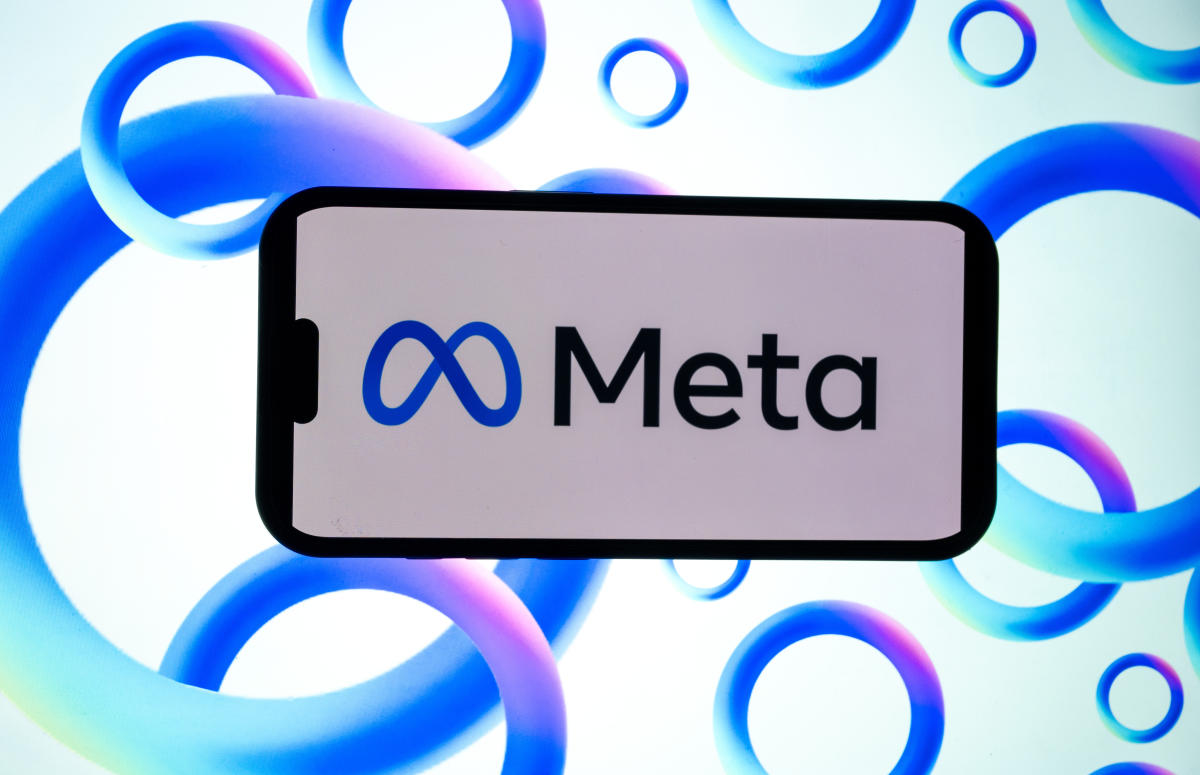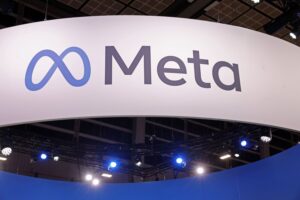Meta AI Unveils AdaCache: A Method to Speed Up Video Diffusion Transformers (DiTs) Without the Need for Training

Introduction to AdaCache
In a groundbreaking development, Meta AI has unveiled AdaCache, an innovative technique designed to boost the performance of video diffusion transformers (DiTs) without the need for traditional training. This advancement marks a significant step forward in artificial intelligence, particularly in the realm of video processing and generation.
Understanding Video Diffusion Transformers (DiTs)
What are Diffusion Transformers?
Diffusion transformers are advanced neural network architectures that focus on generating high-quality video content. Unlike earlier models, which relied heavily on training data, diffusion transformers leverage the principles of diffusion processes. By gradually transforming noise into coherent frames of video, these models can create visually stunning results.
The Role of AdaCache
AdaCache serves as a crucial enhancement to the existing frameworks of video diffusion transformers. This technique allows for a significant reduction in the computational resources and time traditionally required for model training. With AdaCache, the models can achieve similar or even superior performance levels without extensive pre-training.
Key Features of AdaCache
Training-Free Operation
No Pre-Training Required: Traditionally, most AI models need to undergo rigorous training processes using large datasets. AdaCache circumvents this requirement, allowing immediate application and testing.
- Quick Adaptability: AdaCache enables video diffusion transformers to adapt swiftly to various tasks, making them versatile tools in video generation and editing.
Improved Performance
Enhanced Speed: By minimizing the need for extensive training, AdaCache significantly accelerates the process of generating high-quality videos. This rapid output is beneficial for applications like real-time video editing and content creation.
- Quality Output: Despite operating without traditional training, AdaCache has been observed to produce videos that are comparable in quality to those generated by models that underwent extensive training regimes.
Applications of AdaCache in Video Processing
Content Creation
The introduction of AdaCache opens new avenues for content creators. With faster video generation times and high-quality outputs, creators can efficiently produce engaging content for platforms like YouTube, TikTok, and other social media.
Real-Time Editing
Real-time video editing is an area where AdaCache could make a notable impact. The ability to quickly adapt and produce high-quality video iterations in real-time can streamline workflows and enhance collaborative projects in multimedia settings.
Gaming and Animation
In the fields of gaming and animation, AdaCache can facilitate the creation of dynamic and visually rich environments. By enhancing the graphics quality without the resource-intensive processes usually associated with such tasks, developers can focus more on innovation rather than technical limitations.
Advantages of Using AdaCache
Efficiency
One of the most significant advantages of employing AdaCache is the efficiency gain in video production workflows. Teams can save considerable time and resources, allowing them to focus on creative aspects rather than getting bogged down by technical training processes.
Accessibility
AdaCache’s training-free nature makes powerful video diffusion technology more accessible to smaller teams and individual creators who may not have the resources to invest in extensive model training.
Scalability
The framework allows for scalable applications across different sectors. From entertainment to marketing and education, the benefits of quickly generating high-quality video content can extend to diverse fields.
Final Thoughts on the Implementation of AdaCache
Meta AI’s introduction of AdaCache signifies a paradigm shift in the field of video generation. By combining innovative techniques with a focus on efficiency, AdaCache offers promising potential for content creators and industries reliant on high-quality video production. As technology continues to evolve, the impact of such methods on the future of video processing remains noteworthy.






